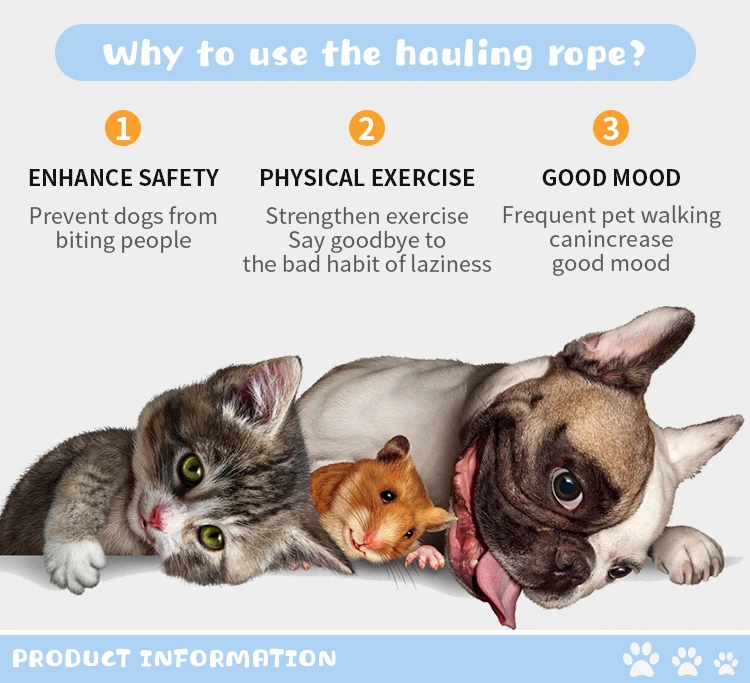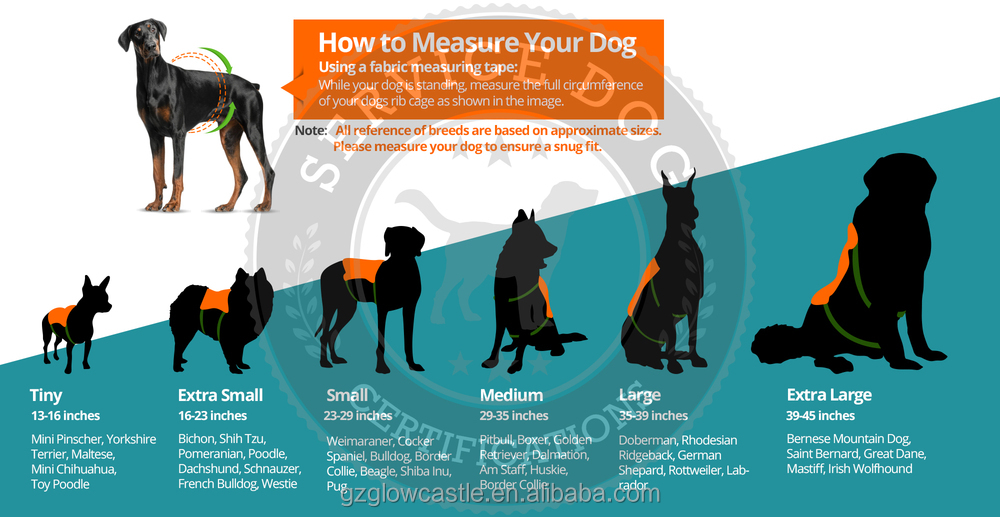The Ultimate Guide to Choosing a Seahorse as Pet: Care, Habitat, and Compatibility
#### Seahorse as PetSeahorses are unique and captivating creatures that have garnered attention as potential pets in recent years. Their distinctive appeara……
#### Seahorse as Pet
Seahorses are unique and captivating creatures that have garnered attention as potential pets in recent years. Their distinctive appearance and gentle demeanor make them an appealing choice for aquarium enthusiasts. However, keeping a seahorse as a pet comes with its own set of challenges and requirements. In this guide, we will explore everything you need to know about having a seahorse as a pet, including their care, habitat needs, and compatibility with other marine life.
#### Understanding Seahorses
Seahorses belong to the family Syngnathidae, which also includes pipefish and seadragons. They are known for their horse-like heads and curled tails, which they use to anchor themselves to corals and other substrates in their environment. There are over 70 species of seahorses, with varying colors, sizes, and habitats. Most commonly, people keep the Hippocampus reidi and Hippocampus kuda species as pets.
#### Setting Up the Perfect Habitat
When considering a seahorse as a pet, the first step is to create an appropriate habitat. Seahorses thrive in saltwater environments, so a well-maintained saltwater aquarium is essential. Here are some key factors to consider when setting up their habitat:
1. **Tank Size**: A minimum of 30 gallons is recommended for a pair of seahorses. Larger tanks provide more stable water parameters and allow for better swimming space.
2. **Water Quality**: Seahorses are sensitive to water quality. Regular testing for pH, ammonia, nitrites, and nitrates is crucial. The ideal temperature range is between 72°F to 78°F (22°C to 26°C).

3. **Aquascaping**: Provide plenty of live rock and soft corals for seahorses to cling onto. They prefer a tank with plenty of hiding spots and vertical structures.
4. **Filtration**: A strong filtration system is necessary to maintain water quality, but avoid strong currents, as seahorses are not strong swimmers.
5. **Lighting**: Moderate lighting is ideal, as it mimics their natural environment and supports the growth of live plants and corals.
#### Feeding Your Seahorse
Feeding is one of the most critical aspects of keeping a seahorse as a pet. Seahorses are picky eaters and require a diet rich in live or frozen foods. Common options include:
- **Brine Shrimp**: Newly hatched brine shrimp are a favorite among seahorses.

- **Mysis Shrimp**: These are highly nutritious and should be a staple in their diet.
- **Frozen Foods**: High-quality frozen food specifically designed for seahorses can also be offered.
Feed your seahorses small amounts multiple times a day to ensure they get enough nutrition. It's essential to monitor their eating habits and adjust the diet as necessary.
#### Compatibility with Other Marine Life
When considering a seahorse as a pet, it's crucial to think about tank mates. Seahorses can be vulnerable to aggressive fish, so it's best to house them with peaceful species. Some compatible tank mates include:
- **Clownfish**

- **Gobies**
- **Blennies**
Avoid keeping seahorses with fast-swimming or aggressive fish, as they may stress the seahorses or compete for food.
#### Conclusion
In conclusion, keeping a seahorse as a pet can be a rewarding experience, but it requires dedication and knowledge. By providing the right habitat, diet, and tank mates, you can create a thriving environment for these fascinating creatures. Remember to research and prepare thoroughly before bringing a seahorse into your home, ensuring that you can meet their unique needs for a happy and healthy life.